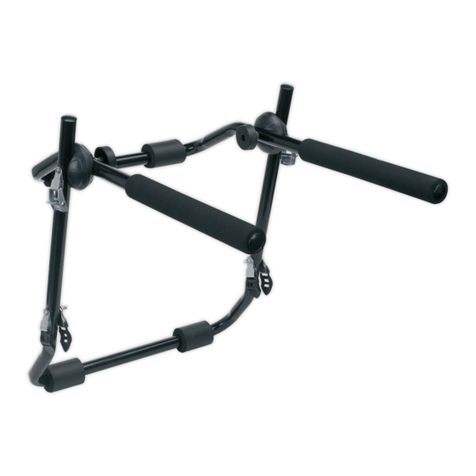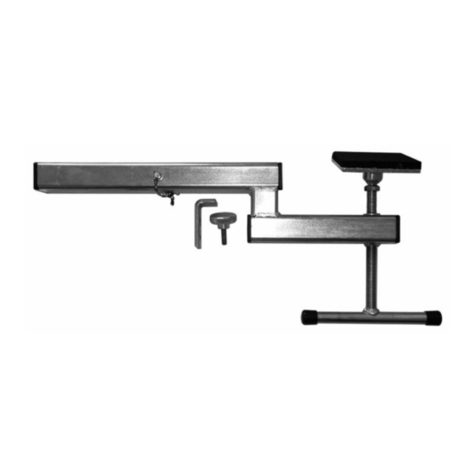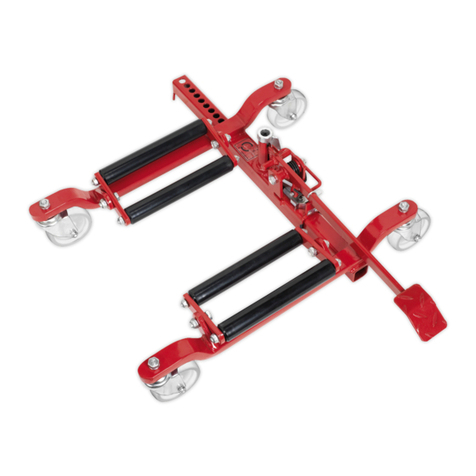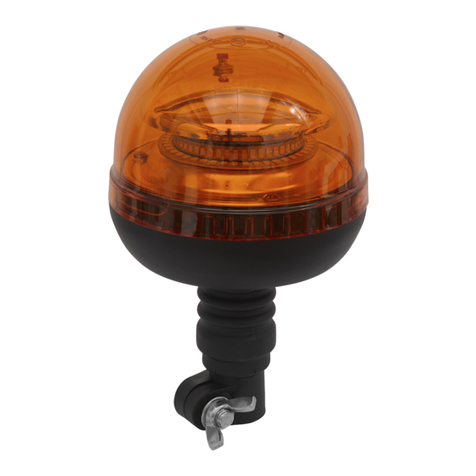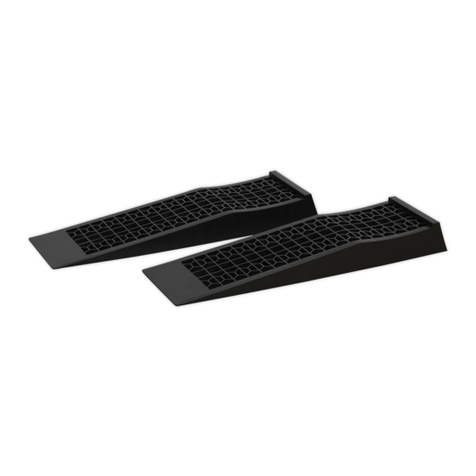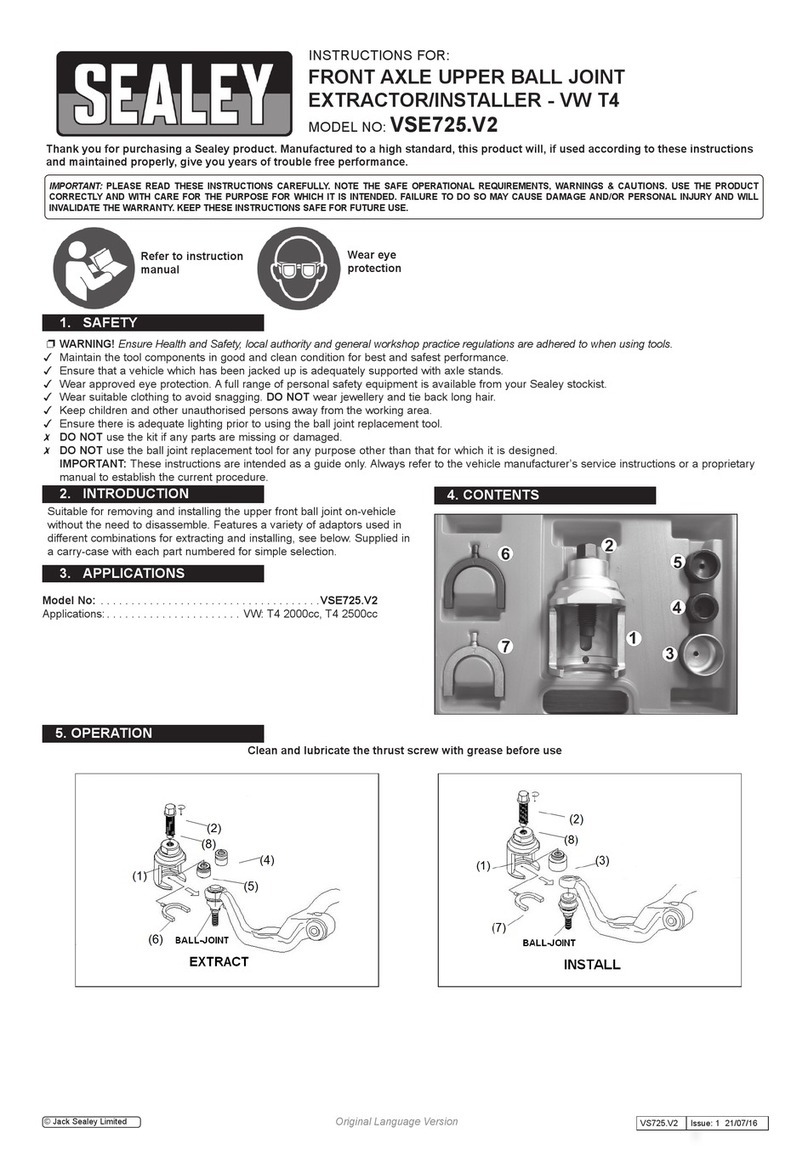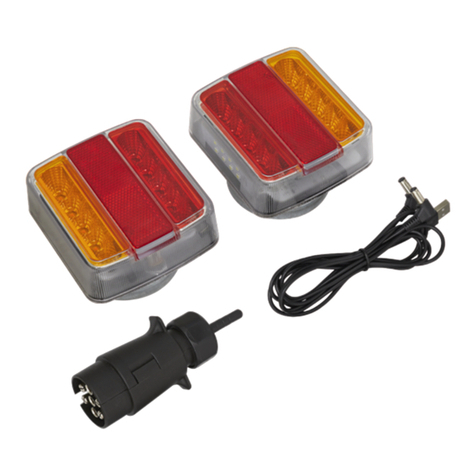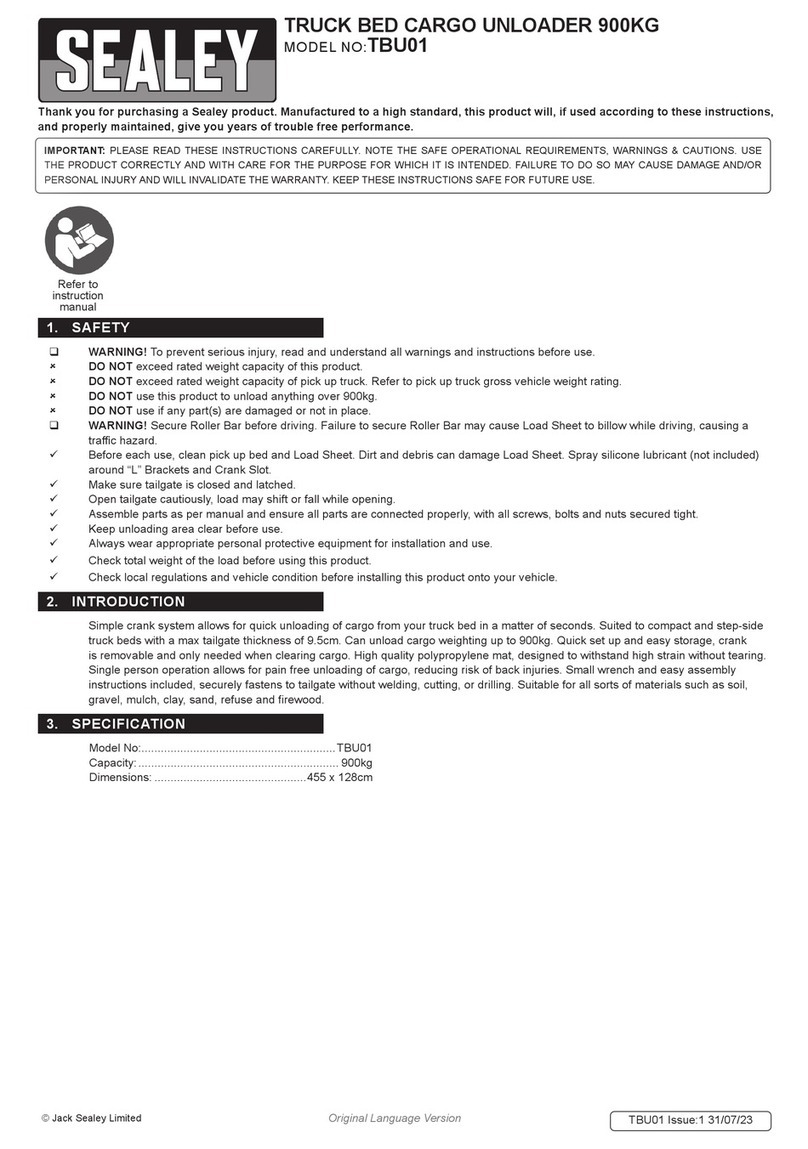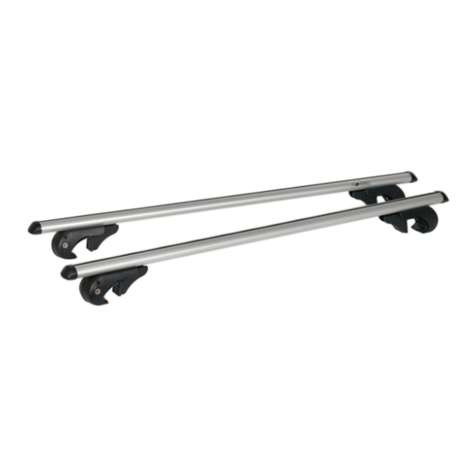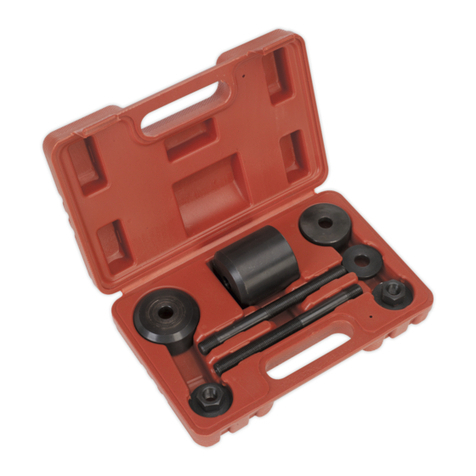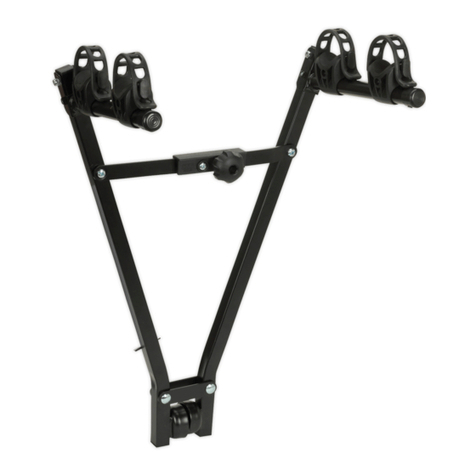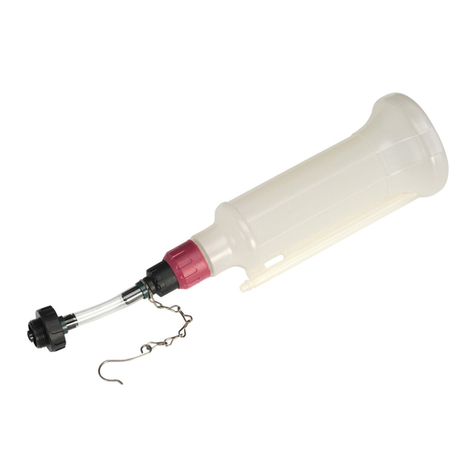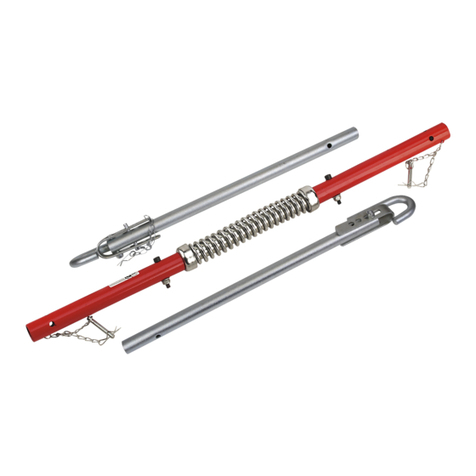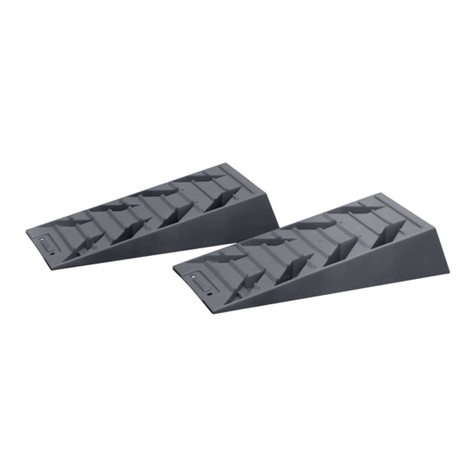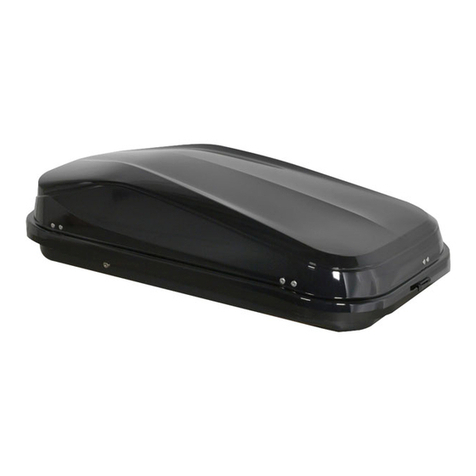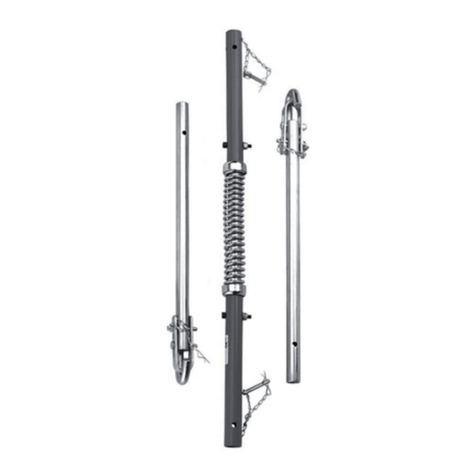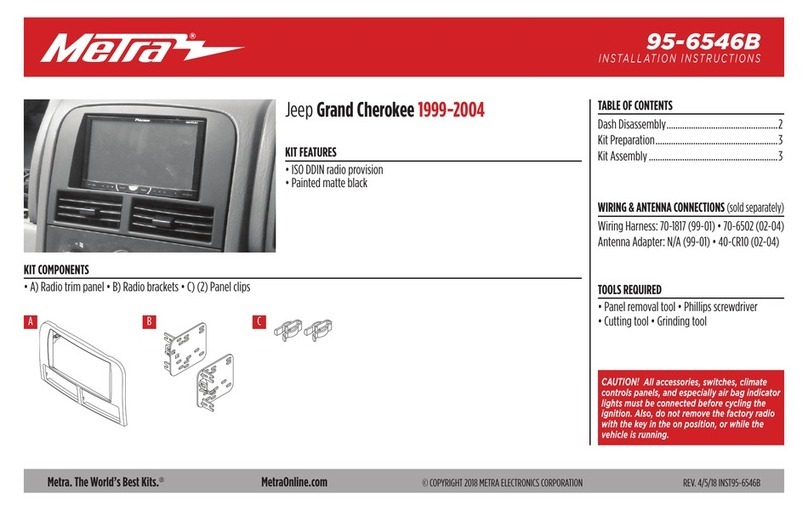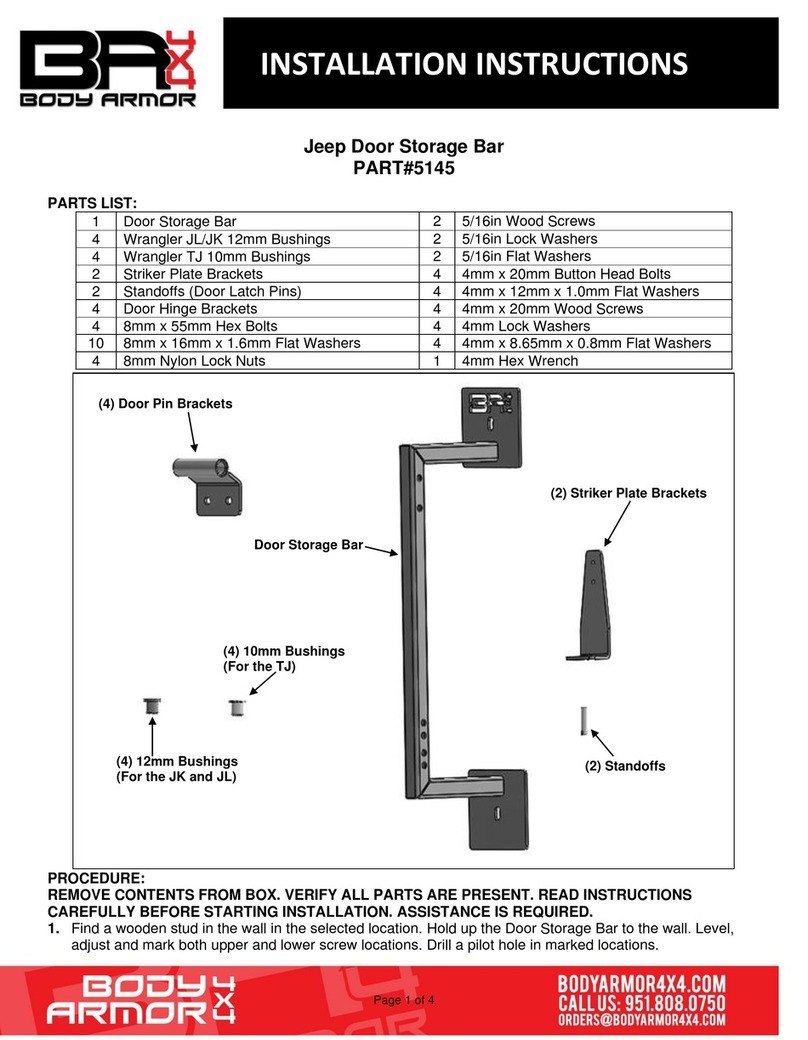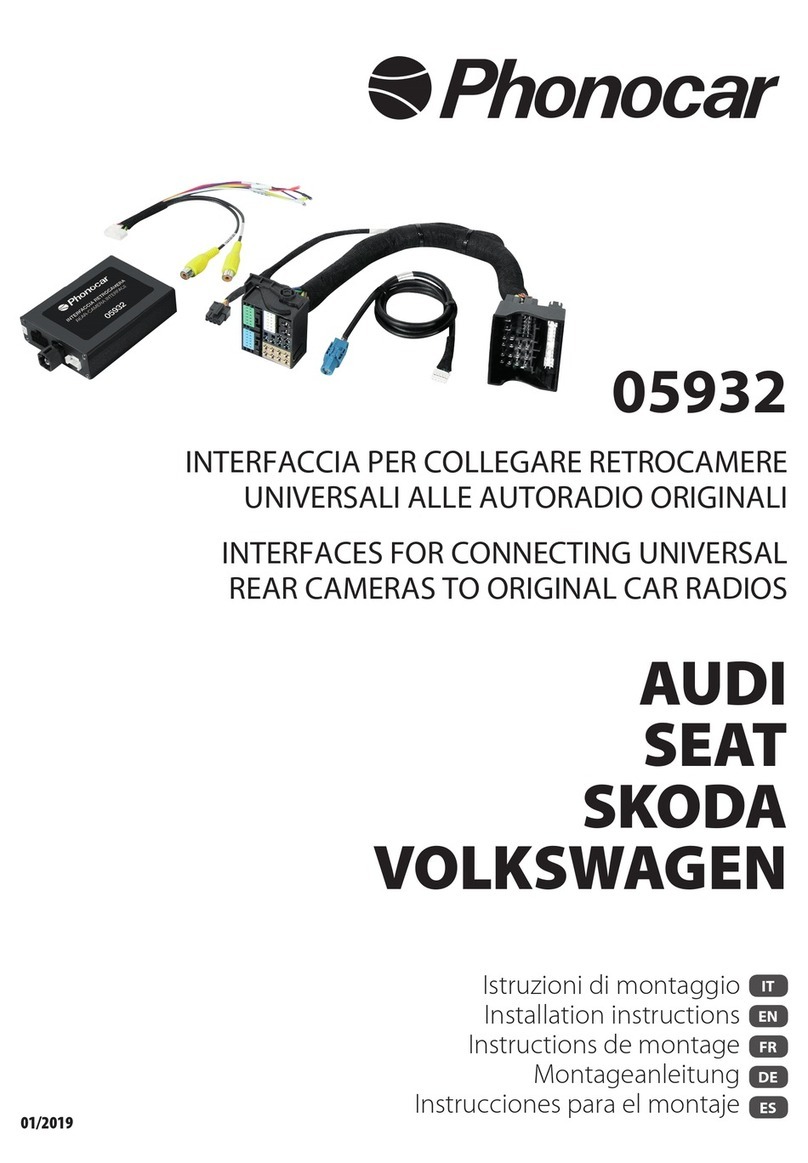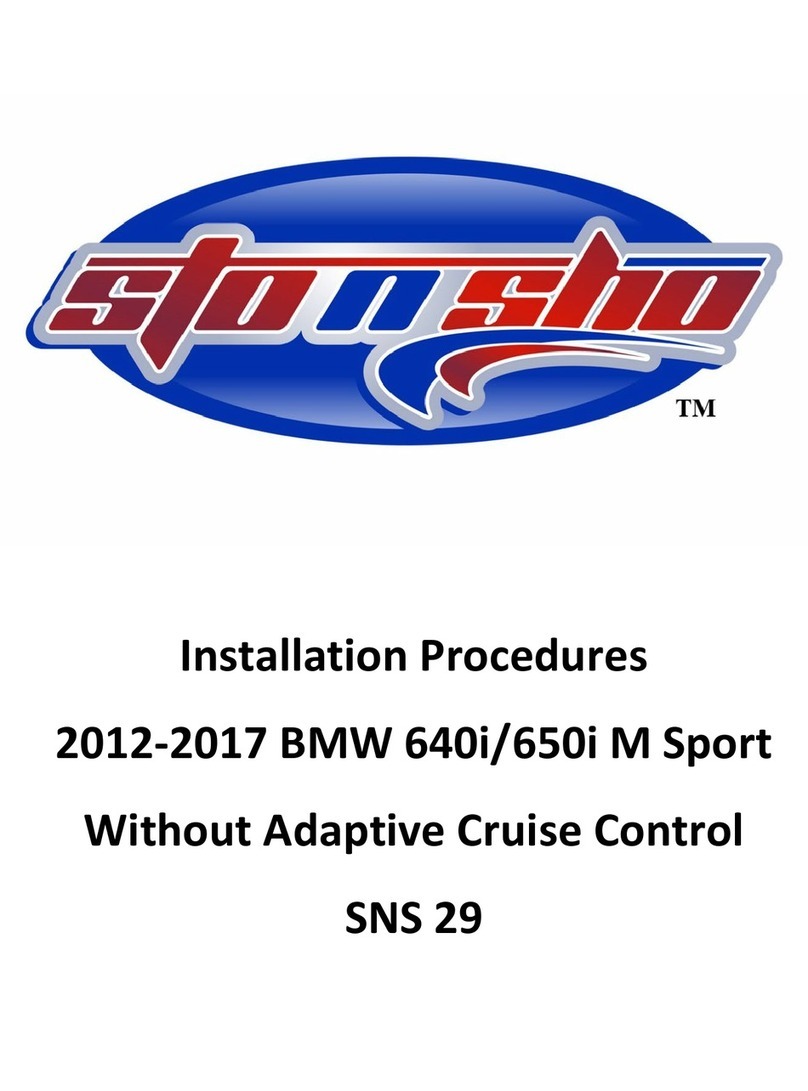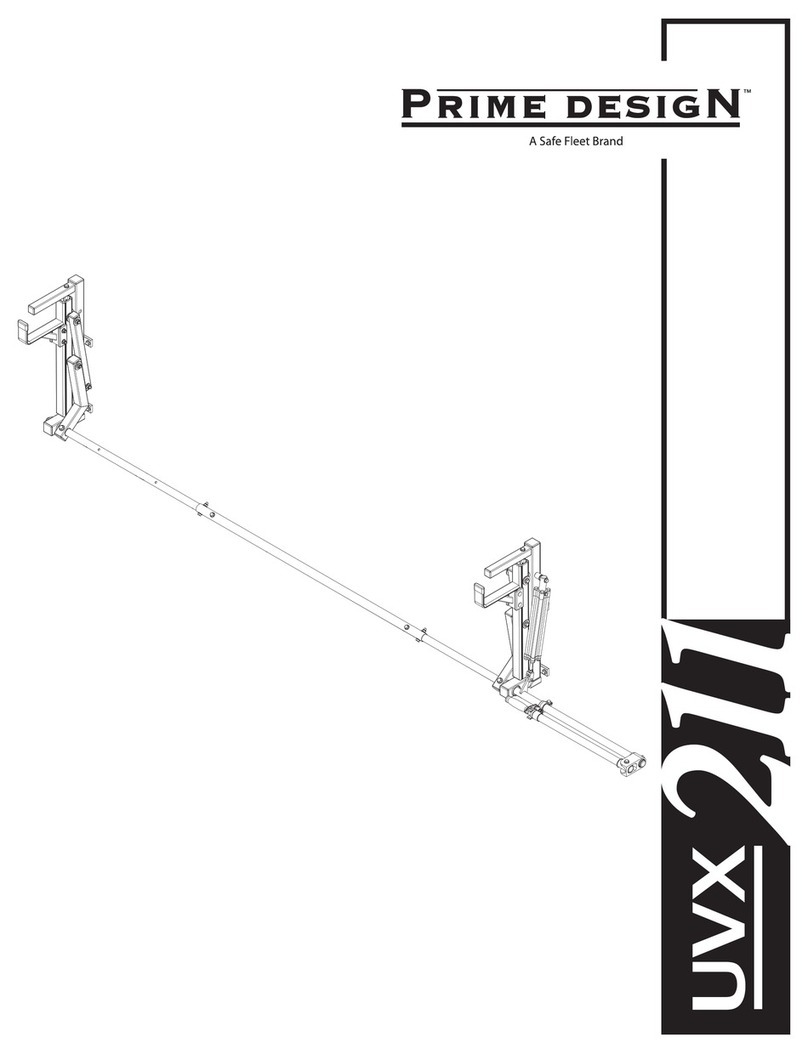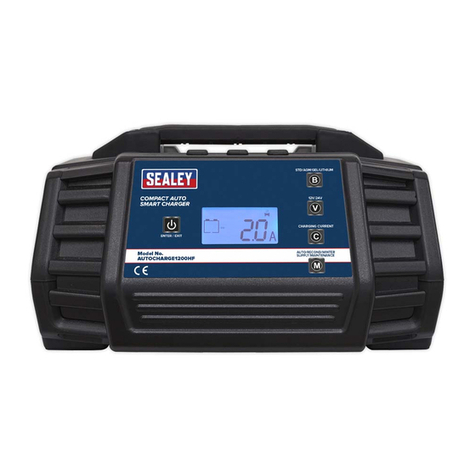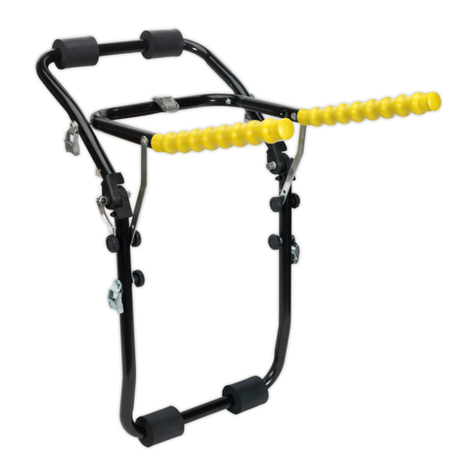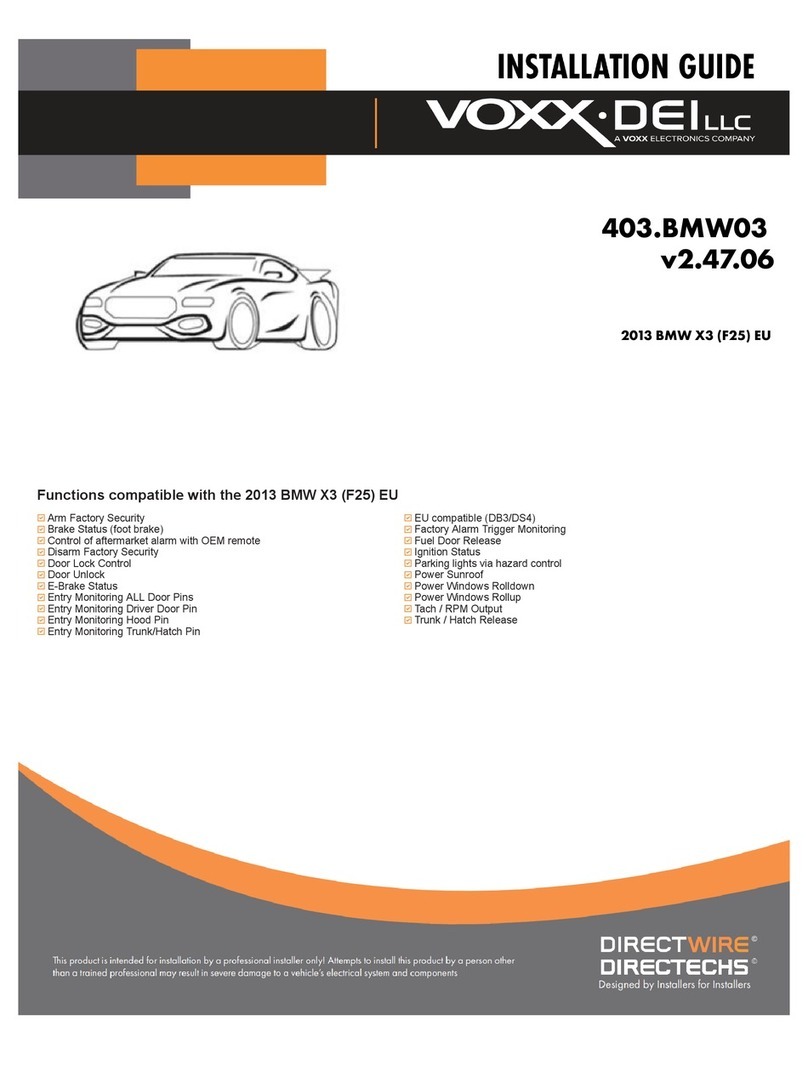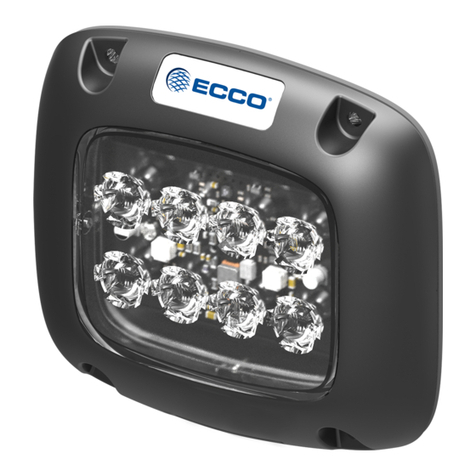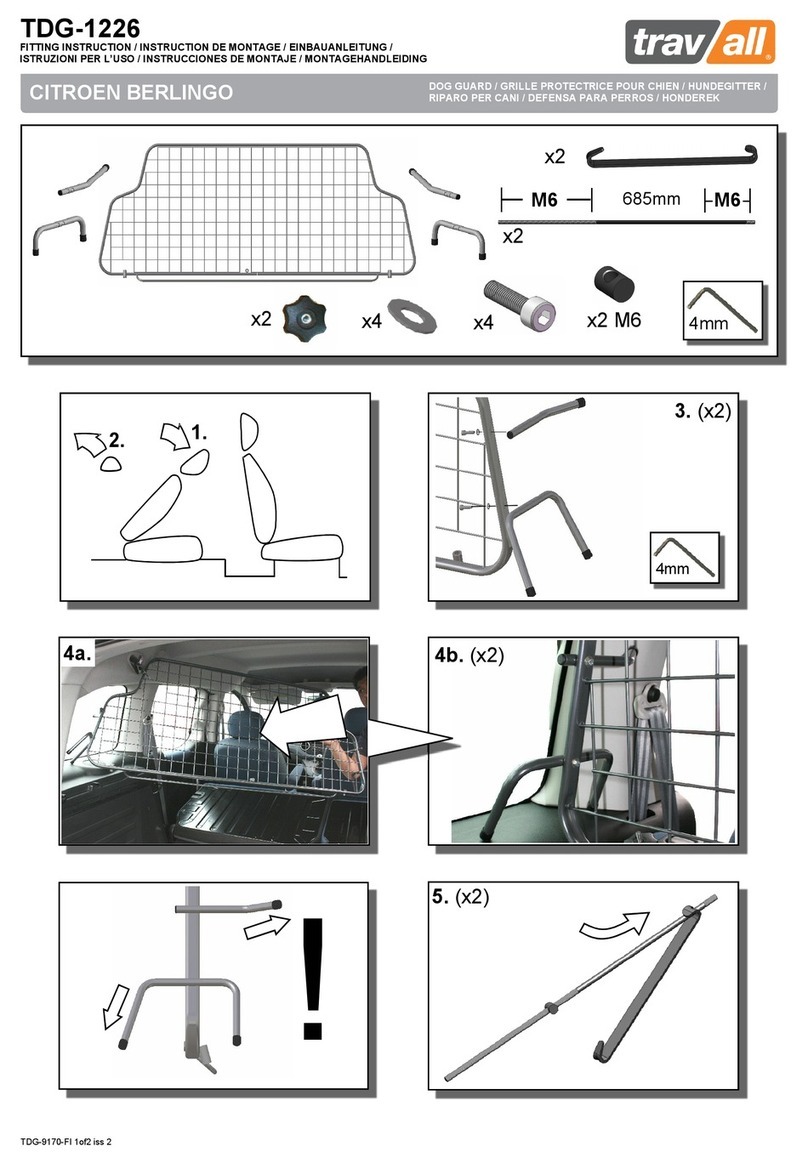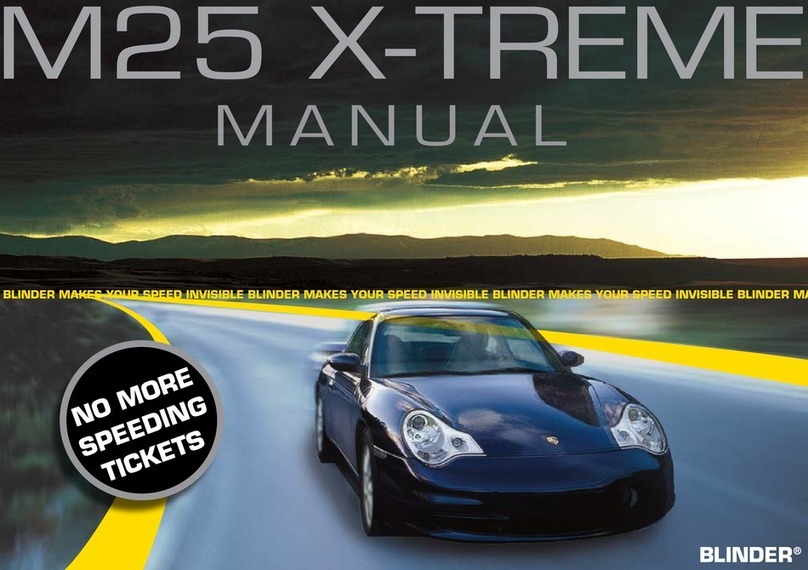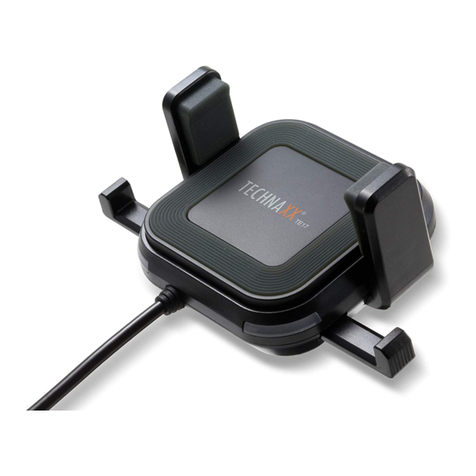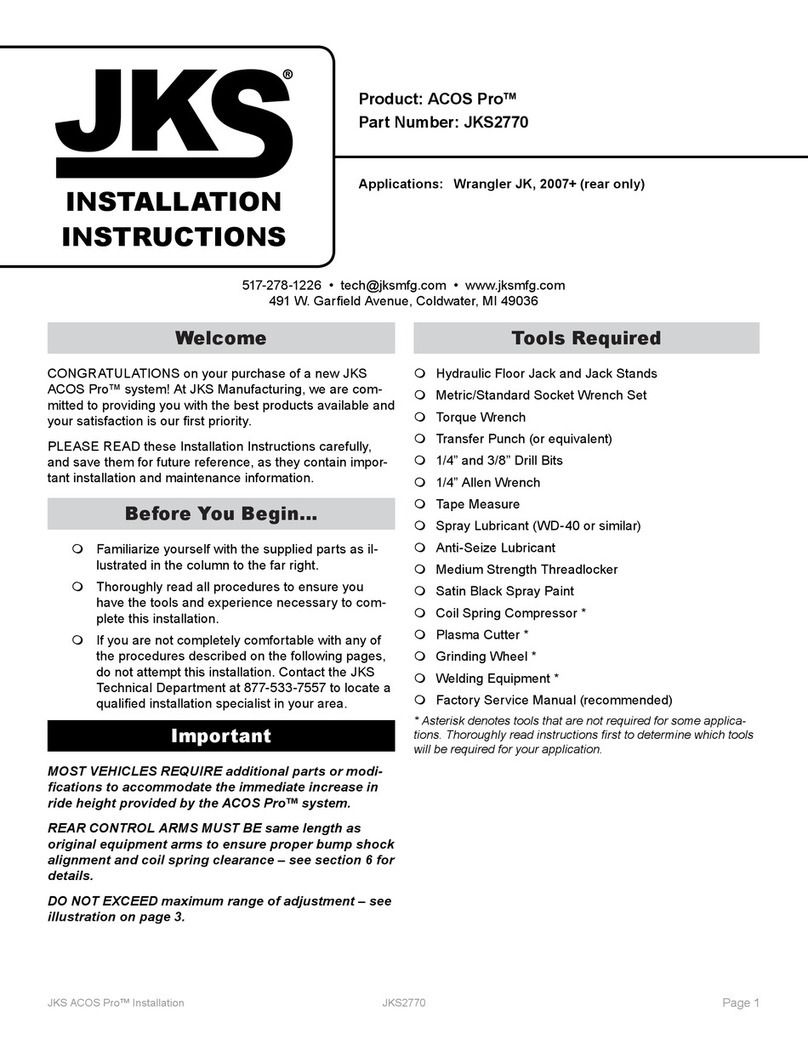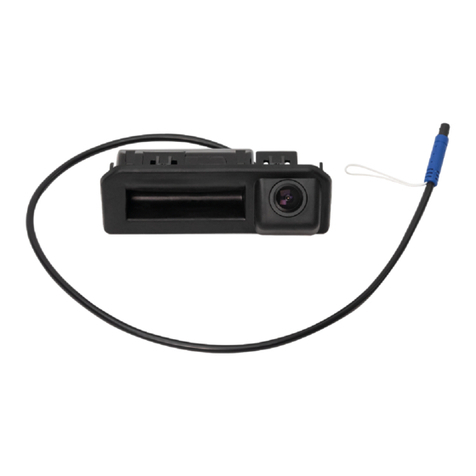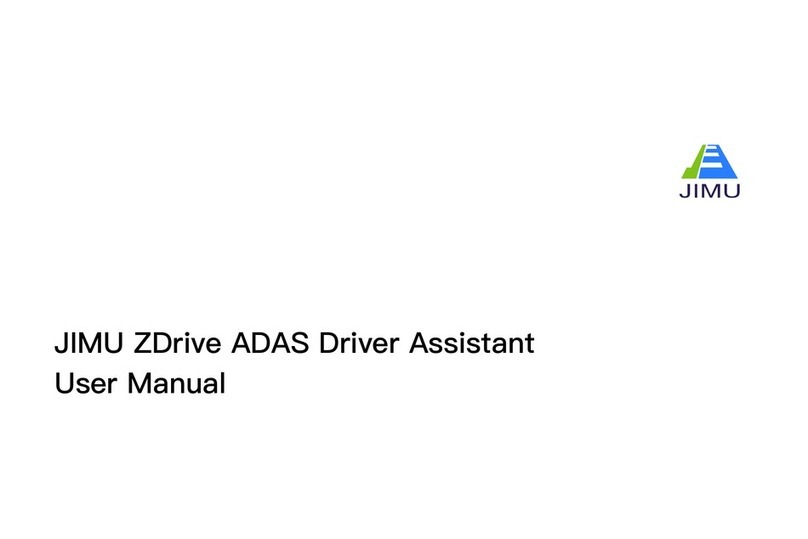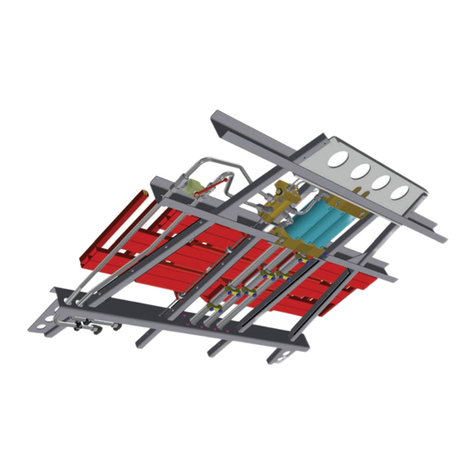
3.3. ELECTRICAL SAFETY
WARNING! It is the user’s responsibility to check the following:
You must check the AC adaptor to ensure that it is safe before using. You must inspect the power supply lead, plugs and all
electrical connections for wear and damage. You must ensure the risk of electric shock is minimised by the installation of appropriate
safety devices. An RCCB (Residual Current Circuit Breaker) should be incorporated in the main distribution board. We recommend
that an RCD (Residual Current Device) is used with all electrical products. It is particularly important to use an RCD with portable
products that plug into an electrical supply not protected by an RCCB. If in doubt consult a qualified electrician. You can obtain a
Residual Current Device through your Sealey dealer. You must read and understand instructions concerning electrical safety.
3.3.1. The Electricity At Work Act 1989 requires all portable electrical appliances, if used on business premises, to be tested by a qualified
person, using a Portable Appliance Tester (PAT), at least once a year.
3.3.2. The Health & Safety at Work Act 1974 makes owners of electrical appliances responsible for the safe condition of the appliance and
the safety of the appliance operator. If in any doubt about electrical safety, contact a qualified electrician.
3.3.3. DO ensure that the insulation on all cables and the product itself is safe before connecting to the mains power supply.
3.3.4. DO ensure that cables are always protected against short circuit and overload.
3.3.5. DO regularly inspect power supply, leads, plugs for wear and damage and power connections to ensure that none is loose.
3.3.6. DO check product voltage is the same as power supply to be used and check that all fused plugs are fitted with the correct capacity fuses.
3.3.7. DO NOT pull the AC adaptor plug from the mains socket by the cable.
3.3.8. DO NOT use the AC adaptor if damaged or if the lead is worn. Replace damaged items immediately.
3.3.9. DO NOT disassemble the AC adaptor. There are no user-serviceable items inside the unit.
4. CHARGING INSTRUCTIONS
DO NOT store the unit in damp or wet locations or where the temperature may exceed 50°C.
DO NOT submerge the unit in water.
DO NOT use whilst under the influence of drugs, alcohol or intoxicating medication.
DO NOT leave the RS131 in a totally discharged state for an extended period of time as this may result in permanentdamage to the unit.
DO NOT cross-connect the power leads from the Roadstart to the battery. Ensure that positive is to positive and negative is to negative.
Ensure that the unit is fully charged before storage.
4.1. Reading the LED charge indicators
To the left of the four charge indicator LEDs (fig. 1.D) is a push button (fig. 1.C). To determine the charge level press this button and
note which LEDs are illuminated.
If only one or two LEDs illuminate (red and amber) then the unit is 50% or less charged and should not be used for starting, but
may be used to operate most 12 volt accessories. Recharge as soon as possible. When charged, the two green LEDs will be
illuminated.
Note: To check the charge level when the Roadstart is being recharged, disconnect
the charger, wait a few minutes for the battery to stabilise and then press the
button.
4.2. Recharging the RS131
Note: When you receive your RS131 from new, check the charge level (see para.
4.1). The unit may need to be charged for up to 20 hours (11 hours if being
charged by vehicle system) to reach full capacity.
The RS131 should be fully re-charged in following situations:
i) When new. ii) Before heavy usage. iii) When only one or two of the
indicator LEDs illuminate.
WARNING! Use supplied adaptor, cables and connectors. Unauthorised parts
may damage the unit and will invalidate your warranty.
Ensure you strictly apply the safety instructions as stated in Section 3.
4.2.1. To recharge with the AC/DC charging adaptor:
Plug the AC/DC charger cord into the input socket (fig. 1.F) of the unit and then
connect charger to a 230 volt AC socket.
4.2.2. To recharge with the DC charging cable:
With the vehicle engine running, plug the DC charging cable into the vehicle cigarette lighter
socket and then the other end into the input socket (fig. 1.F) of the unit. The unit will be charged by the vehicle alternator. DO NOT
leave the discharged unit connected when the engine is not running. To do so will discharge the vehicle battery.
4.2.3. When charging is taking place the charging LED (fig. 1.E) will be illuminated.
Note: If the RS131 is completely discharged, then a 20 hour charge will be necessary (11 hours if being charged by vehicle system).
WARNING! YOU MUST FOLLOW SAFETY INSTRUCTIONS
5.1. Use as a jump start supply
Note: Before using for the first time, re-charge the Roadstart unit.
Note: Once the Roadstart unit is charged the clamps are live at all times.
5.1.1. Put hand brake on and place in neutral gear (“Park” if automatic transmission).
5.1.2. Turn ignition and electrical accessories off.
5.1.3. Wear protective safety glasses and clothing.
5.1.4. Attach the positive (RED +) clamp to the positive terminal on the flat battery (for a negative ground system). Ensure connecting
points are clean.
5.1.5. Attach the negative (BLACK -) clamp to the engine block or frame (ground) of the vehicle, not to the battery negative terminal.
Ensure that the cables are not near moving engine parts, such as fan, and are clear of the carburettor/injection system, fuel lines etc.
5.1.6. Make sure that no one is standing near the battery. Start the engine.
5.1.7. Once the vehicle has started, disconnect the negative (BLACK -) clamp first and stow on unit.
5.1.8. Then disconnect the positive (RED +) clamp and stow.
IMPORTANT: If vehicle does not start within 10 seconds, DO NOT continue to crank. Let the Roadstart’s internal battery cool for three
minutes before attempting to start vehicle again. Failure to do so may damage the unit.
5. OPERATING INSTRUCTIONS WARNING! YOU MUST FOLLOW SAFETY INSTRUCTIONS
fig. 1
A
B
C D E F G
H
Original Language Version RS131.V2 Issue: 2 - 19/10/09



